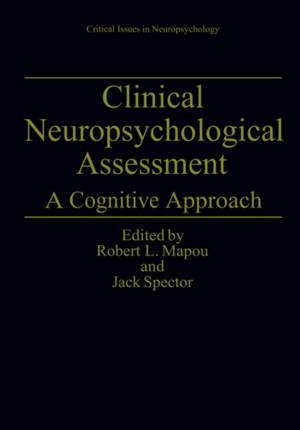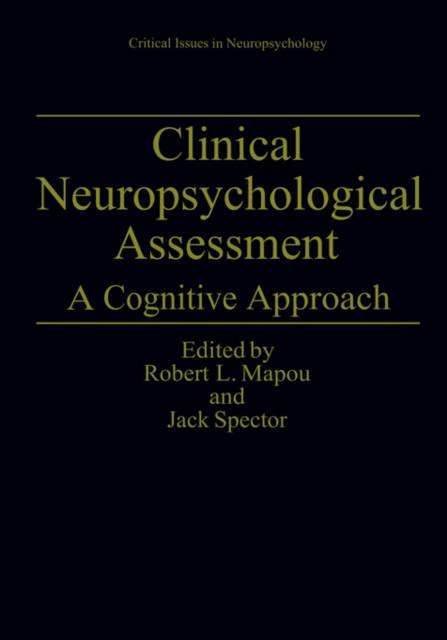
- Afhalen na 1 uur in een winkel met voorraad
- Gratis thuislevering in België vanaf € 30
- Ruim aanbod met 7 miljoen producten
- Afhalen na 1 uur in een winkel met voorraad
- Gratis thuislevering in België vanaf € 30
- Ruim aanbod met 7 miljoen producten
Zoeken
Clinical Neuropsychological Assessment
A Cognitive Approach
€ 259,45
+ 518 punten
Omschrijving
Practicing neuropsychologists and students in clinical neuropsychology must increas- ingly cross disciplinary boundaries to understand and appreciate the neuroanatomical, neurophysiological, and neuropharmacological bases of cognition and behavior, cur- rent cognitive theory in many different domains of functioning, and the nature and tools of clinical assessment. Although the cognitive functions and abilities of interest are often the same, each of these fields has grappled with them from sometimes very different perspectives. Terminology is often specific to a particular discipline or ap- proach, methods are diverse, and the goals or outcomes of study or investigation are usually very different. This book poises itself to provide a largely missing link between traditional approaches to assessment and the growing area of cognitive neuropsy- chology. Historically, neuropsychology had as its central core the consideration of evidence from clinical cases. It was the early work of neurologists such as Broca, Wernicke, Hughlings-Jackson, and Liepmann, who evaluated and described the behavioral cor- relates of prescribed lesions in individual patients and focused investigation on the lateralization and localization of cognitive abilities in humans. An outgrowth of those approaches was the systematic development of experimental tasks that could be used to elucidate the nature of cognitive changes in individuals with well-described brain lesions.
Specificaties
Betrokkenen
- Uitgeverij:
Inhoud
- Aantal bladzijden:
- 362
- Taal:
- Engels
- Reeks:
Eigenschappen
- Productcode (EAN):
- 9780306448690
- Verschijningsdatum:
- 28/02/1995
- Uitvoering:
- Hardcover
- Formaat:
- Genaaid
- Afmetingen:
- 178 mm x 254 mm
- Gewicht:
- 893 g

Alleen bij Standaard Boekhandel
+ 518 punten op je klantenkaart van Standaard Boekhandel
Beoordelingen
We publiceren alleen reviews die voldoen aan de voorwaarden voor reviews. Bekijk onze voorwaarden voor reviews.










